By John L. Turner
Taking a deep gulp of air sometime in October, probably around the middle of the month, the diamondback terrapin slipped beneath the surface of Conscience Bay, swimming downward to its muddy bottom.
Of course, the turtle didn’t know it but that breath of air would be the last one it was to take for many months; perhaps for as long as half a year or more. All terrapins are asleep now, perhaps dreaming deeply reptilian thoughts, during the many months they’ll spend on the surface of, or ensconced within, the muddy bottom of Long Island’s harbors and bays.
Out of sight but not out of my mind, this fascinating adaptation for survival is a cold-weather strategy, the turtle having gotten its cue that its time for winter dormancy (known as brumation, it is the reptilian equivalence of mammalian hibernation) from the cooling water temperatures of autumn. Here in their muddy beds, formally known as hibernacula, terrapins metabolically shut down, significantly decreasing their need for oxygen. The little amount of dissolved oxygen received to fuel their metabolism comes from the water and is absorbed through skin near the cloaca. They will wait for Spring’s cue — warming waters — to trigger their re-emergence in their cyclical and alternating pattern of life: dormancy, activity, dormancy, activity.
The diamondback terrapin, so named for the diamond-shaped scutes on its back, is a gorgeous, brightly marked coastal turtle that frequents brackish waters around Long Island. They are found in all of Long Island’s north shore coastal embayments. I’ve seen them in Stony Brook Harbor, Setauket Harbor, West Meadow Beach and creek, the aforementioned Conscience Bay, Little Bay, Mt. Sinai Harbor, and the lower, more saltier reaches of Nissequogue River. The species is also found in the Peconic Bay system as well as the South shore bays and creeks.
Off Long Island it is found in the lower stretches of the Hudson River and, further afield along the East Coast, it occurs from Massachusetts south to Florida, wrapping around the Gulf Coast to Texas. There are seven recognized subspecies.
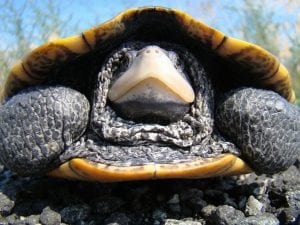
Terrapins re-emerge in May and become active, warmed by the strengthening sun. Soon the species turns its attention to two primal instincts: feeding and reproducing. With a strong beak pretty much anything in the marshes, along the shoreline, water column, and bay bottom is fair game — hard shelled crabs, snails, and mussels, fish if they can catch them and carrion. During the first several days they satisfy a ravenous appetite, driven by a desire to replenish what they’ve lost during the long winter dormancy.
Mating takes place in water with the much smaller males (the females can be 2x to 3x bigger than the males) clasping onto the female’s shell, assisted by wrapping their long tails underneath to anchor. And soon it is the time when most terrapins are seen, as the female leaves the water and move ashore in search of suitable sandy locations into which to lay her precious cargo — her pink-tinged grape-sized eggs containing the next generation of terrapins.
When she finds the place to her liking (often by sniffing the sand), she slowly and methodically excavates the sand with her back feet, using the webbing as a sort of shovel, quickly making a flask-shaped nest cavity about six inches deep into which she’ll drop between as few as four to as many as twenty eggs (the average is about a dozen for clutch). If all goes right they’ll hatch in about seventy to eighty days. Eggs laid later in the summer will often overwinter and the hatchlings emerge the next Spring, thereby avoiding exposure to freezing temperatures.
Terrapins face a gauntlet of threats in a human-populated world. They are hit by boats and jet skis, run over by cars on their way to nesting sites, drown in crab pots (lured into the pots by the bait) and intentionally killed for food. Fortunately, steps have been taken to address these last two threats. The New York State Department of Environmental Conservation (NYSDEC) closed the legal season in 2017 so terrapins can no longer be legally harvested for food.
Terrapins have long been eaten by humans — terrapin soup and stew were once enormously popular dishes — and in such numbers that boggle the imagination. As but one example, in 1891 in Maryland alone, 45 tons of terrapins were harvested. If you assume an average terrapin weighs a pound each that’s 90,000 terrapins killed in one year in one state. Given this intense pressure it’s no surprise that terrapins have declined steeply in abundance.
New York State closing the legal harvest was quickly followed by steps to curtail drowning in crab pots. Conservationists successfully advocated for a requirement to have crab pots placed in shallow water be equipped with terrapin excluder devices (TEDS). TEDS , 1 3/4 inches high by 4 3/4 inches wide, are placed on the vents of the pot secured by zip ties or hog rings. The TEDS allow for blue-claw crabs to enter the pot but block out 80 to 90% of the terrapins.
In an effort to defray the financial impact to baymen, both the Seatuck Environmental Association and the Long Island Chapter of The Nature Conservancy purchased thousands of TEDS and distributed them free of charge to baymen through NYSDEC’s Division of Marine Resources in East Setauket.
Climate change may be the mother of all impacts to terrapins and underscores how the changing and generally warming climate can cause little understood or realized adverse impacts to species. As it relates to the sex development of the embryo in the egg, terrapins exhibit (as do many turtles and other reptiles) what is known as temperature sex determination, meaning the sex is not genetically determined but, rather, is determined by the temperature of the egg in the nesting cavity.
Lower temperatures produce males while higher ones create females. Historically, in cavities one could expect a mix of sex ratios, probably close to 50/50, with females nearer the surface of the nest cavity where it’s a little bit warmer and males created in the lower portion of the cavity where its cooler. The fear of climate change, then, is that it may create increasingly skewered sex ratio toward females and away from males if ambient air temperature continues to increase, as it is expected to do.
We are still very much in the grips of winter here in the Northern Hemisphere, but the Earth continues its circuit around the sun. So Spring WILL arrive and with it those harbingers of Spring Long Islanders look forward to seeing — garden bed snowbells first, followed by crocuses and daffodils, red-winged blackbirds returning from the South, and the choruses of Spring Peepers ringing out from ponds and sumps.
A bit later, as the Earth moves further along in its sojourn around the solar system’s central radiance, the heads of terrapins will appear, like so many floating wine bottle corks, dotting the wavelet surfaces of our local bays and harbors. But for now — in the middle of winter’s embrace — we leave them to their dreams.
A resident of Setauket, John Turner is conservation chair of the Four Harbors Audubon Society, author of “Exploring the Other Island: A Seasonal Nature Guide to Long Island” and president of Alula Birding & Natural History Tours.

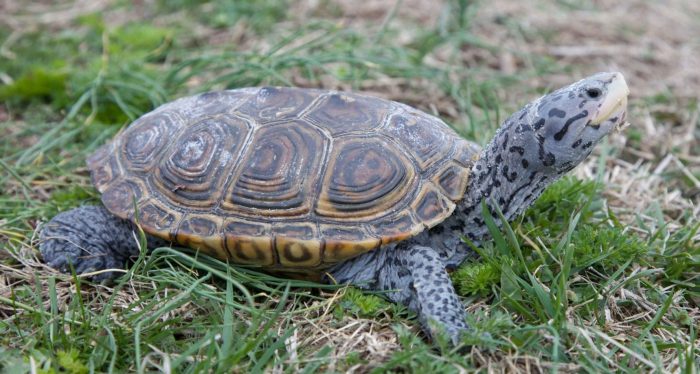
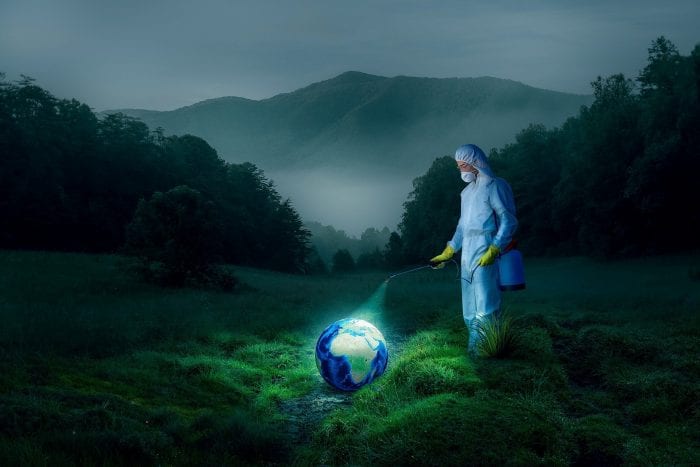

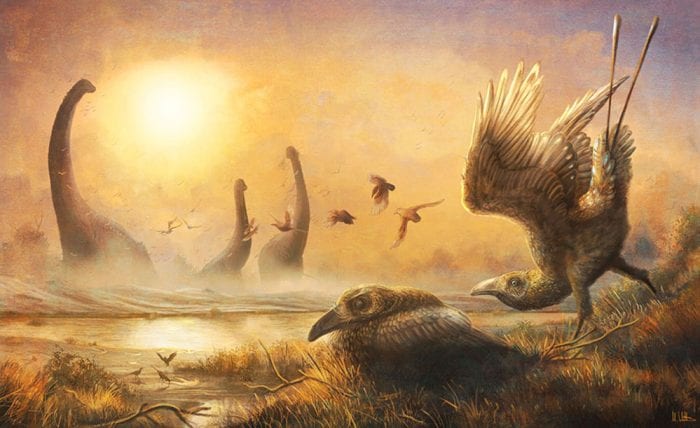
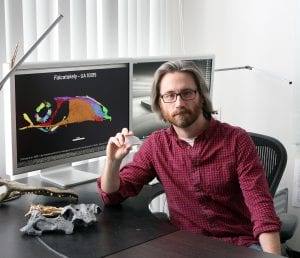
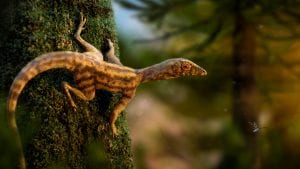
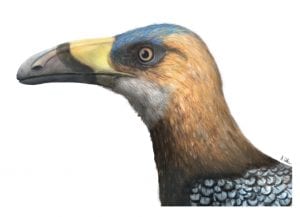
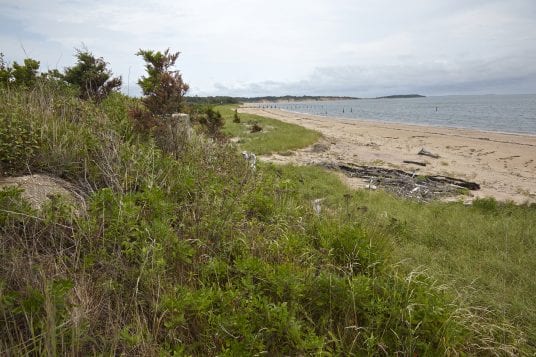
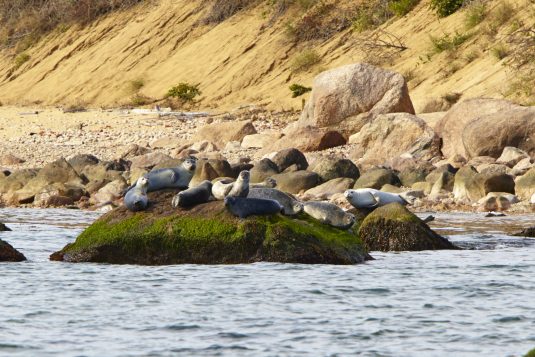
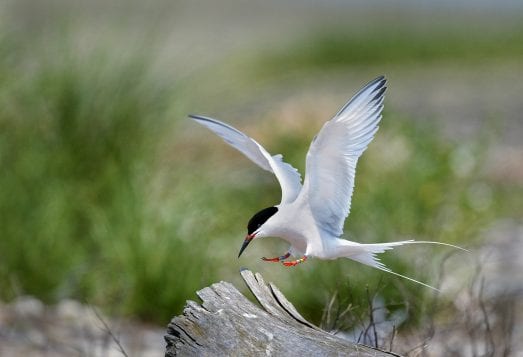
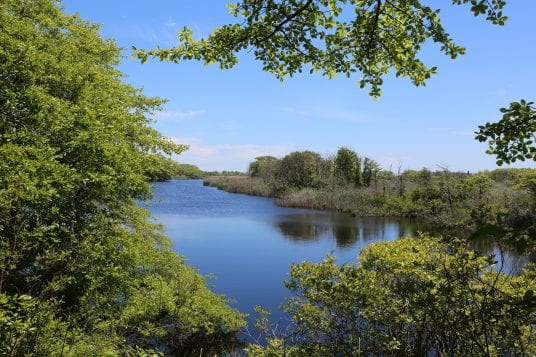

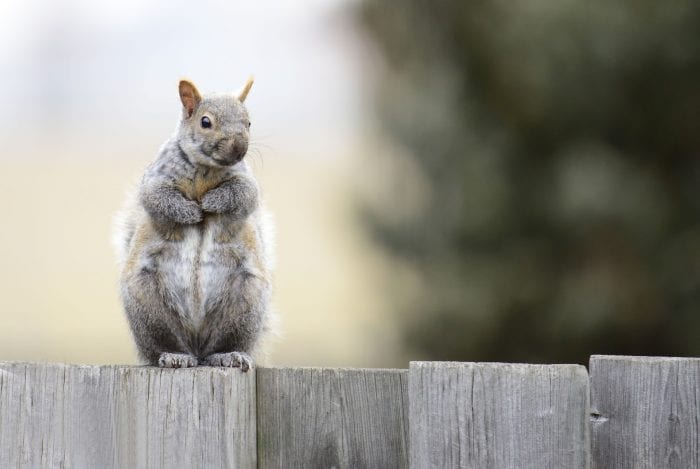
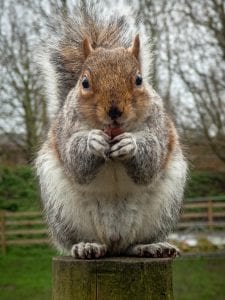 My interest in squirrels and their nests came about from a book I had looked at in the junior high school library; I think it was entitled “Animal Homes”— although this factoid I don’t remember quite so clearly! But what I do remember in the book was the account which explained that grey squirrels make two types of nests — those in tree cavities, often used in winter, and the one I was going to inspect consisting of a globe-shaped leafy ball, known as a “drey,” wedged amidst branches, also used in winter but more often during the warmer months. The account mentioned that most dreys consisted of a single chamber although occasionally they make two chambers — the equivalent of a foyer leading into the living room.
My interest in squirrels and their nests came about from a book I had looked at in the junior high school library; I think it was entitled “Animal Homes”— although this factoid I don’t remember quite so clearly! But what I do remember in the book was the account which explained that grey squirrels make two types of nests — those in tree cavities, often used in winter, and the one I was going to inspect consisting of a globe-shaped leafy ball, known as a “drey,” wedged amidst branches, also used in winter but more often during the warmer months. The account mentioned that most dreys consisted of a single chamber although occasionally they make two chambers — the equivalent of a foyer leading into the living room.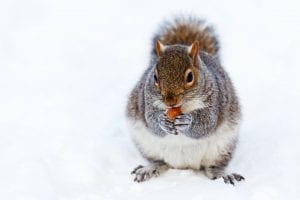 Many years ago I worked in a nature preserve and one day went to look at some white baneberry growing along a trail I knew was developing fruits (also known as doll’s eyes due to the resemblance of the fruits to the eyes once used in old fashioned porcelain dolls, white baneberry is in the buttercup family). As I neared the plants I noticed, at the base of a large chestnut oak on the other side of the trail, a small brownish object. Inspecting it I realized it was a freshly dead flying squirrel. I sadly wondered if the squirrel had misjudged the location of the tree or got carried by the wind and collided with the tree with such force that it caused its demise.
Many years ago I worked in a nature preserve and one day went to look at some white baneberry growing along a trail I knew was developing fruits (also known as doll’s eyes due to the resemblance of the fruits to the eyes once used in old fashioned porcelain dolls, white baneberry is in the buttercup family). As I neared the plants I noticed, at the base of a large chestnut oak on the other side of the trail, a small brownish object. Inspecting it I realized it was a freshly dead flying squirrel. I sadly wondered if the squirrel had misjudged the location of the tree or got carried by the wind and collided with the tree with such force that it caused its demise.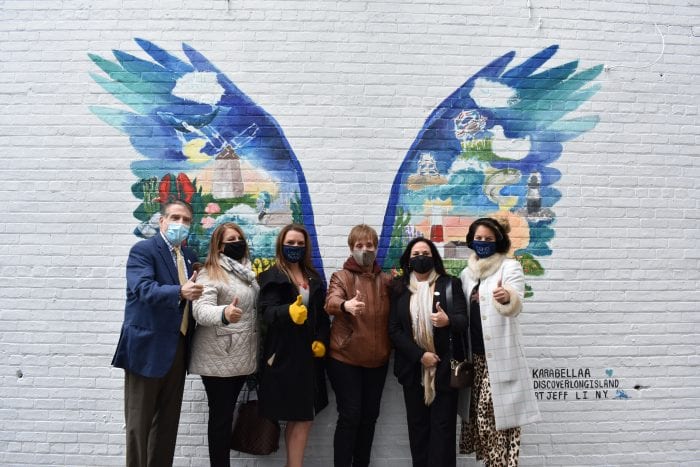
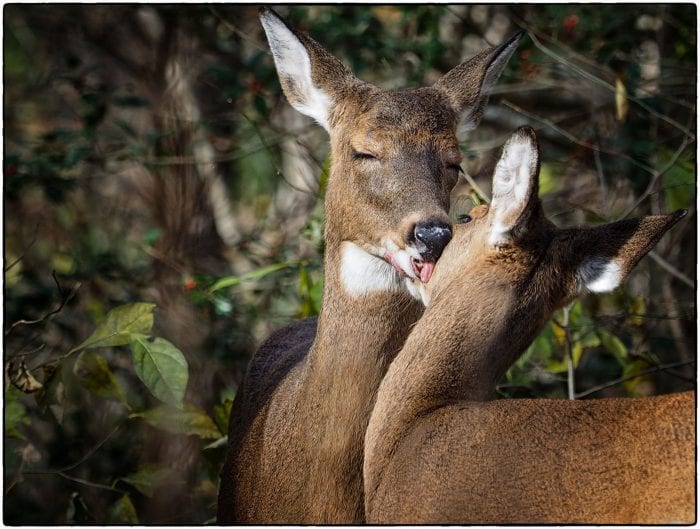
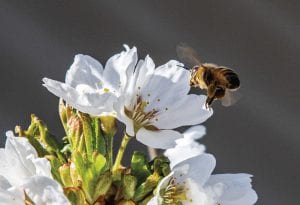
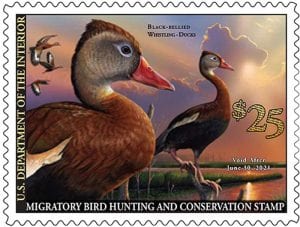
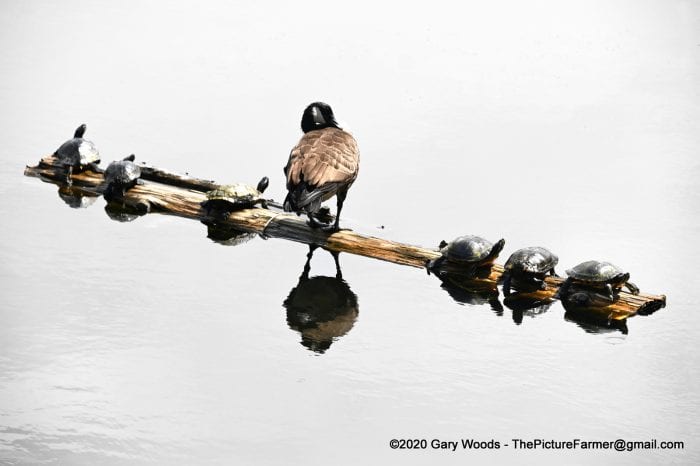
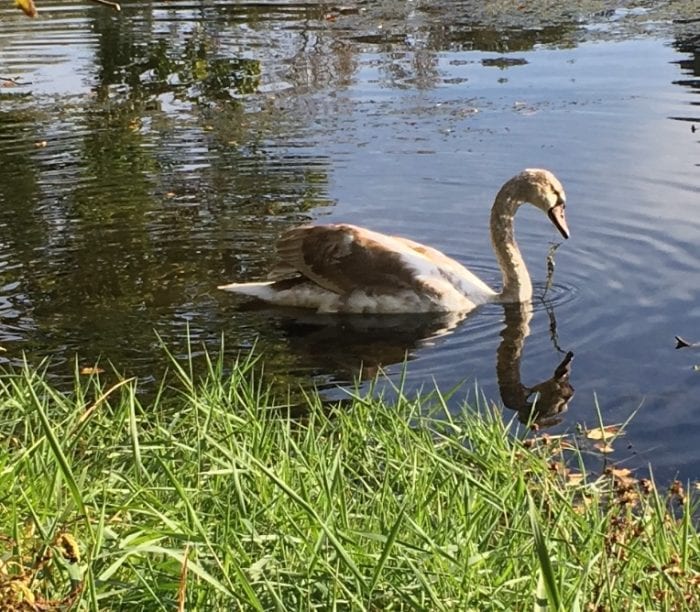
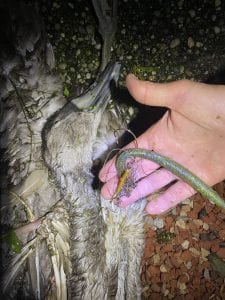
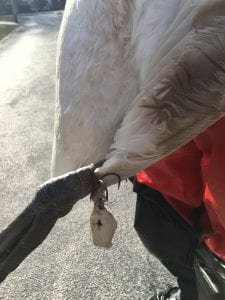
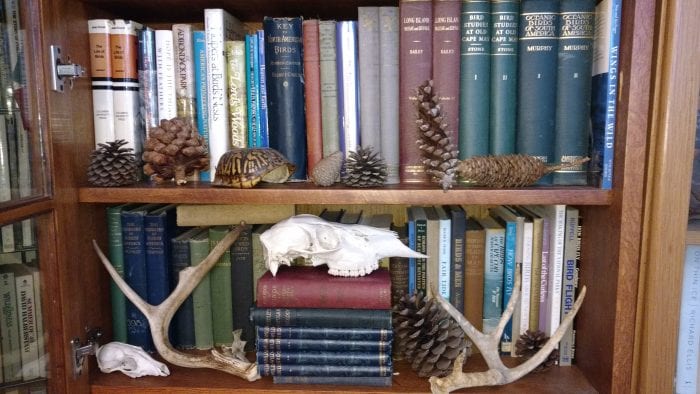
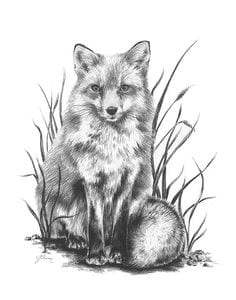 live grey fox, the most recent experience in the autumn two years ago. Spying him before he saw me as I fortuitously was hidden behind a bushy, young Pitch Pine tree, this beautiful grizzled looking animal was patrolling along a sandy trail in the Dwarf Pine Plains of the Long Island Pine Barrens.
live grey fox, the most recent experience in the autumn two years ago. Spying him before he saw me as I fortuitously was hidden behind a bushy, young Pitch Pine tree, this beautiful grizzled looking animal was patrolling along a sandy trail in the Dwarf Pine Plains of the Long Island Pine Barrens.


